Khonoma Fort is a historical landmark situated in the village of Khonoma, Nagaland. Known for its rich heritage, the fort offers visitors a glimpse into the region’s cultural and historical significance. The fort demonstrates the resilience of the Angami Naga tribe, who used it as a defence against British forces in the 19th century. Located about 20 kilometres west of Kohima, the capital of Nagaland, Khonoma attracts history enthusiasts and travellers seeking to explore the heritage of Northeast India.
Location
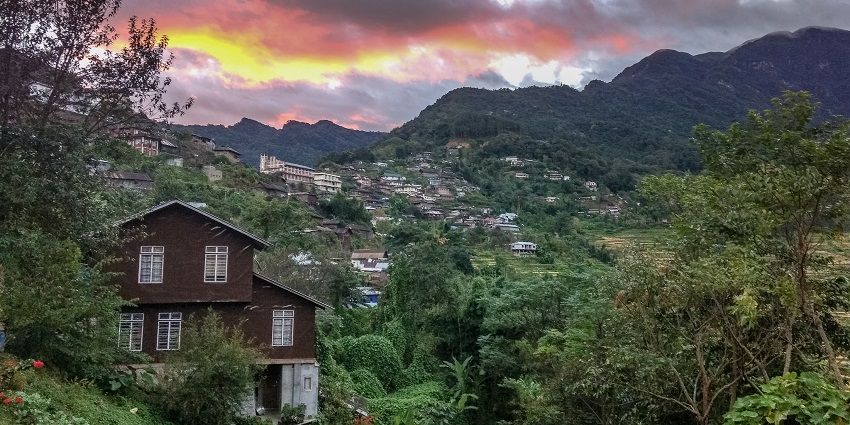
Photo: Mike Prince / Wikimedia Commons
Khonoma Fort is located in Khonoma village, which is around 20 kilometres west of Kohima, the capital city of Nagaland. The village is situated in the hills and is known for its scenic beauty and lush greenery. The fort itself is a significant historical site, reflecting the Angami Naga tribe’s resistance against British colonisation.
Suggested Read: Places To Visit In Nagaland
How To Reach
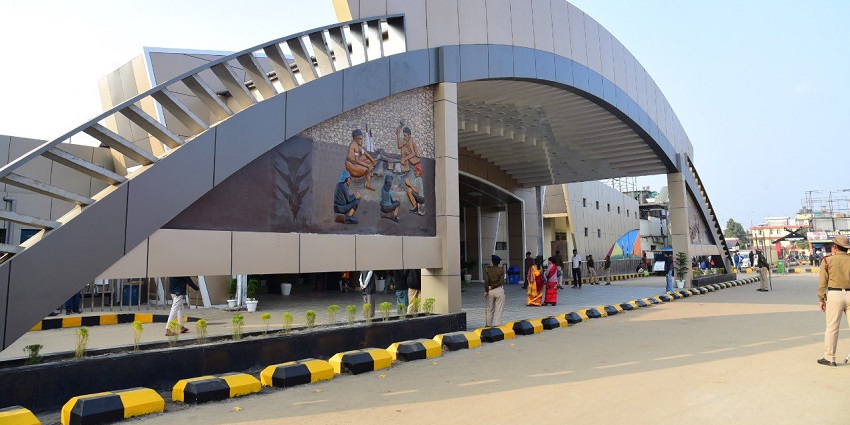
Photo: I Love Assam / Wikimedia Commons
By Bus: Reaching the Fort by bus is convenient from Kohima. Regular bus services operate between Kohima and Khonoma village. The journey takes about an hour, providing a comfortable and scenic ride through the hilly terrain of Nagaland.
By Train: The nearest railway station to the fort is Dimapur Railway Station. From Dimapur, you can take a taxi or bus to Kohima, which is approximately 74 kilometres away. From Kohima, you can reach Khonoma village by bus or taxi.
By Taxi: Hiring a taxi from Kohima to Khonoma village is a popular option for travellers. Taxis are readily available in Kohima, and the drive to Khonoma takes around an hour. This option allows you to explore the beautiful landscape at your own pace.
Places To Visit Near Khonoma Fort
Discover the hidden gems around the fort – explore scenic landscapes, traditional villages, and cultural sites, offering an enriching experience for every traveller in Nagaland.
1. Khonoma Village
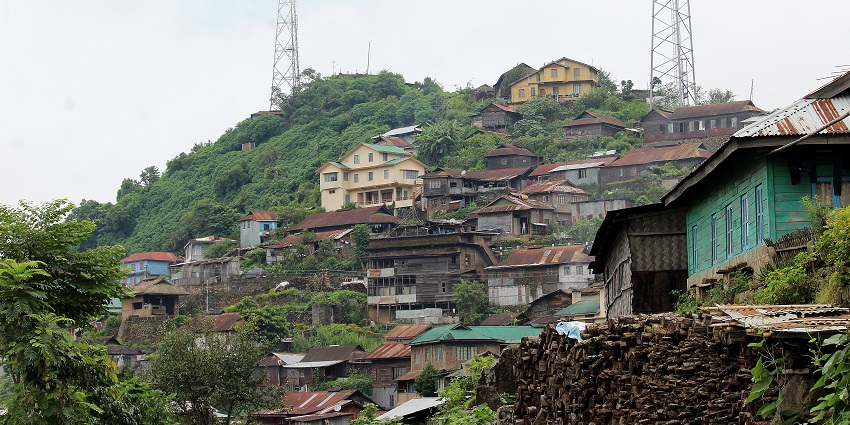
Photo: Girish Mohan P K / Wikimedia Commons
When you visit Khonoma Fort, make sure to also discover Khonoma Village, famous for being Asia’s original eco-village. Khonoma is dedicated to implementing eco-friendly methods and promoting sustainable living, serving as a prime example of environmental preservation. The village is well-known for its creative terrace farming technique, which helps protect against soil erosion and supports sustainable agriculture.
Suggested Read: Valleys In Nagaland
2. Dzukou Valley
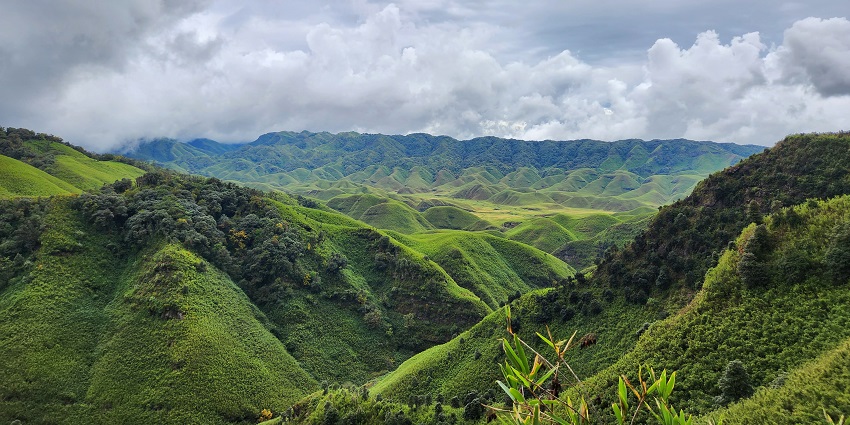
Photo: Inu Etc / Wikimedia Commons
Dzukou Valley is known for its stunning spots and diverse wildlife. The valley is a popular trekking destination and offers beautiful views, especially during the blooming season. Dzuleke is another eco-friendly village near Khonoma, known for its scenic location and commitment to conservation. Visitors can enjoy nature walks and interact with the local community. The Valley is open to the public every day. The village near the valley offers a beautiful scenic view along with friendly people.
3. Kohima War Cemetery
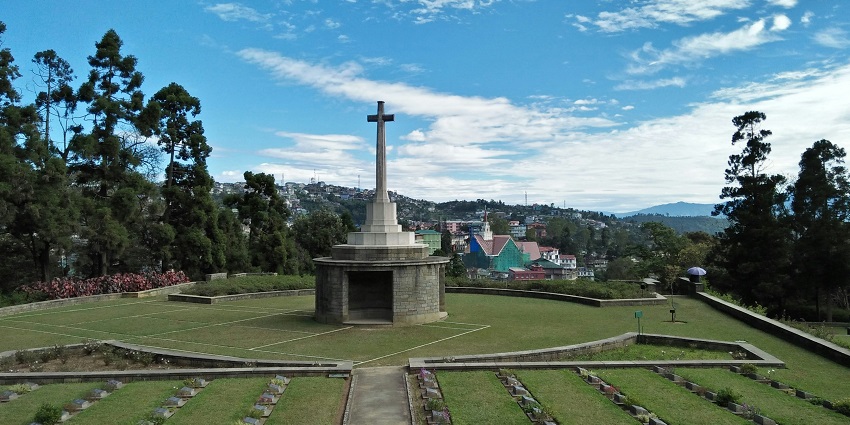
Photo: Vipin Joseph / Unsplash
Kohima War Cemetery is a memorial in Kohima, the capital of Nagaland, India. It honours soldiers from the 2nd British Division who died in fierce battles in April 1944 during World War II. The cemetery is an important historical site, remembering the bravery and sacrifice of these soldiers. It is managed by the Commonwealth War Graves Commission; it has well-kept graves and memorials, reminding visitors of the courage and sacrifice shown during the battle of Kohima.
Suggested Read: Scenic Places To Visit Near Kohima That Showcase Nature And Local Culture
4. Kisama Heritage Village
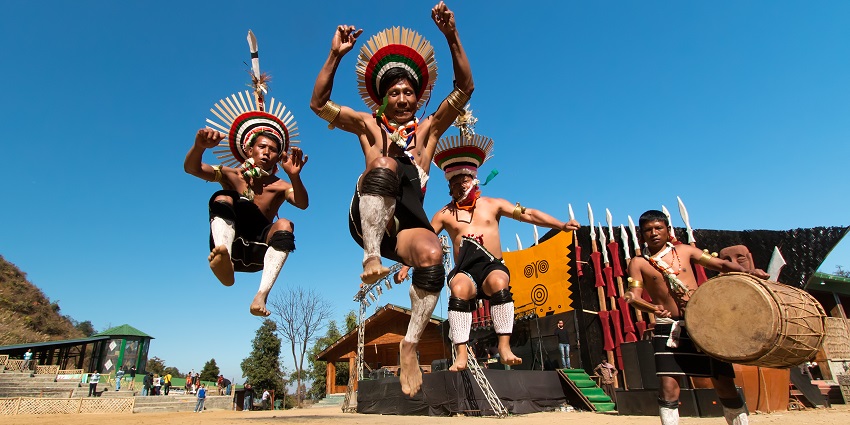
Photo: Vikramjit Kakati / Wikimedia Commons
Kisama Heritage Village, the venue for the annual Hornbill Festival, displays the rich cultural heritage of Nagaland. The village features traditional Naga houses, cultural exhibits, and performances. There is a nominal fee for visitors, which isn’t expensive. You can buy it at the counter at the gates of the village. If you visit the fort, make sure to visit the Hornbill Festival at Kisama Heritage Village.
Timings: 10 AM – 5 PM
5. Pulie Badze Wildlife Sanctuary

Photo:Michael M / Pexels / Image For Representation Only
Pulie Badze Wildlife Sanctuary is home to various wildlife species and offers beautiful trekking trails. The sanctuary provides a serene environment for nature lovers and wildlife enthusiasts. Locals and tourists visit the Wildlife Sanctuary to enjoy the sunrise and sunset in the tranquillity of the jungle. There is an entry fee to get inside the sanctuary; you can buy the tickets at the counter.
Timings: 6 AM – 6 PM
Suggested Read: Wildlifе Sanctuariеs In Nagaland
Where To Stay

Photo: Christopher Jolly / Unslapsh.com / Image For Representation Only
For a stay near the fort, consider the Khonoma Heritage Resort for traditional Naga-style comfort, or Polo Orchid Resort and Hotel Japfu in Kohima for more amenities. Alternatively, opt for local home stays in Khonoma for an authentic experience with local families.
Where To Eat
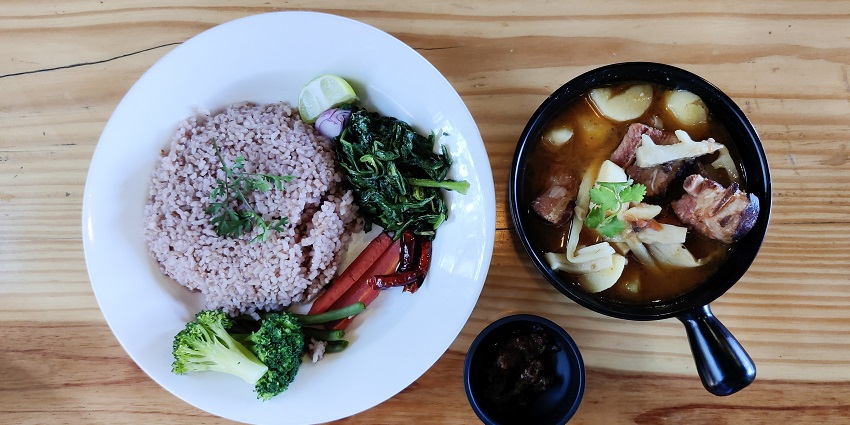
Photo: Satdeep Gill / Wikimedia Commons
In Khonoma, you can enjoy traditional Naga cuisine at local eateries and homestays. The village offers dishes made from locally sourced ingredients, including bamboo shoots, smoked pork, and fresh vegetables. In Khonoma, you will find a variety of restaurants serving both local and international cuisine.
Suggested Read: Things To Do In Nagaland That You Cannot Miss Out On
Best Time To Visit
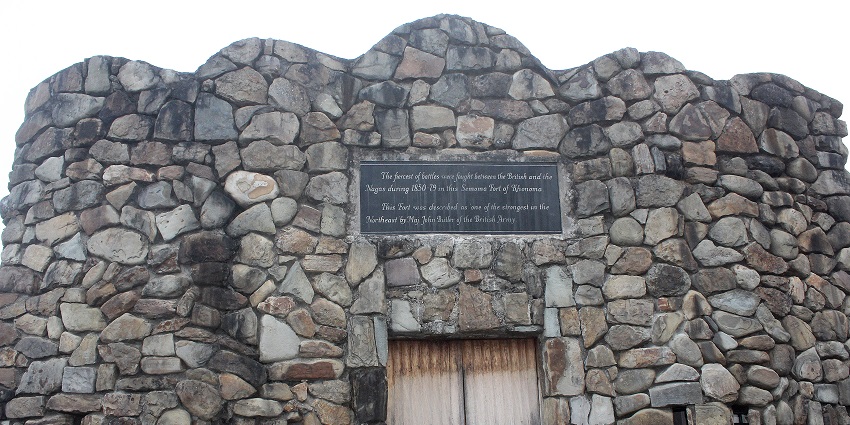
Photo: Girish Mohan P K / Wikimedia Commons
The best time to visit Khonoma Fort is between October and May when the weather is pleasant and ideal for exploring. The monsoon season from June to September should be avoided due to heavy rainfall and difficult travel conditions.
Other Factors To Consider
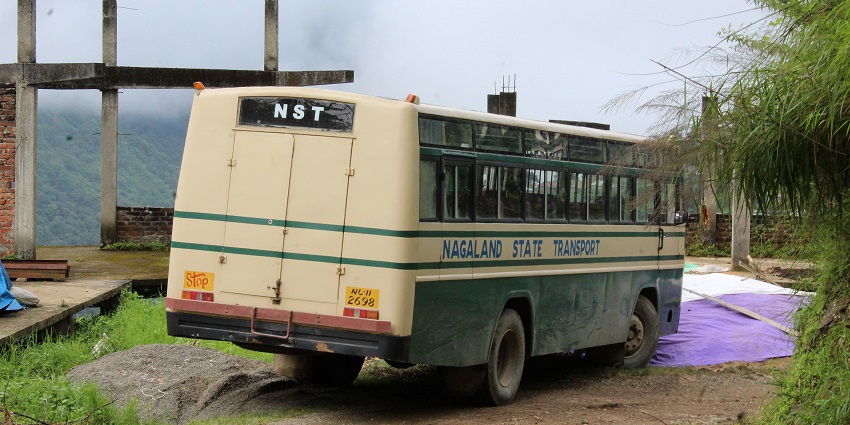
Photo: Girish Mohan P K / Wikimedia
Average Cost Of Trip
There is no entry fee for visiting Khonoma Fort. But, the average cost of a trip to the fort depends on factors such as accommodation, transportation, and activities. Budget travellers can expect to spend around ₹2,000 – ₹3,000 per day, while those opting for more comfortable stays and guided tours might spend around ₹5,000 – ₹7,000 per day.
Tips For Travellers
- Prepare for Weather: The weather in the hills can be unpredictable. Pack appropriate clothing, including warm layers and rain gear.
- Travel Light: If planning to trek or explore the area extensively, travel light and carry only essential items.
- Eco-Friendly Practices: Khonoma is known for its eco-friendly initiatives. Avoid littering and use reusable items to minimise your environmental impact.
Interacting with the local community can enrich your travel experience and learn about their way of life and participate in cultural activities.
Suggested Read: Hill Stations In Nagaland
Khonoma Fort offers a unique blend of history, culture, and natural beauty, making it a must-visit destination in Nagaland. Exploring the fort and the surrounding village provides a deeper understanding of the Angami Naga tribe’s heritage and their commitment to conservation. It is a must-visit place in Nagaland that needs to be on your wishlist. Plan your trip with TripXL and embark on a journey to discover the rich history and culture of Khonoma Fort today.
Cover Photo: Girish Mohan P K / Wikimedia Commons


 WhatsApp
WhatsApp
 Twitter
Twitter









